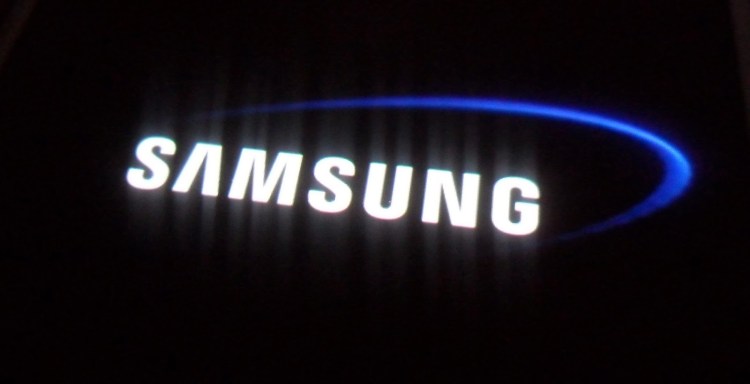Heading into this year’s Mobile World Congress in Barcelona, Samsung announced that its mobile payment service, Samsung Pay, has more than 5 million “registered users.” The company noted that many of these users are from South Korea and the United States and added that in the first six months since its release, the service has processed over $500 million dollars.
“Since its introduction last year, Samsung Pay has changed the way people pay and use their smartphones,” said InJon Rhee, Samsung’s head of research and development and EVP of mobile communications, in a statement. “We’ve already seen significant consumer adoption and we continue to see great momentum. Our aim is to expand Samsung Pay to even more locations around the world, and our customers should expect to see more features in the year to come.”
Already in the works are plans to bring Samsung Pay to more markets, starting this March with China, a market that Apple recently entered, and continuing to Australia, Brazil, Singapore, Spain, and the United Kingdom. Canada is also being considered, although there’s no specific time frame for that launch.
The company revealed that it’s still in the process of building an extensive partnership ecosystem, adding to the 70 major and regional banks already in play. It has partnered with credit card providers BC Card, Hana Card, KB Kookmin Card, Lotte Card, NH NongHyup Card, and Samsung Card in South Korea to provide an online payment service in the country. This allows consumers to leverage the Samsung Pay Fingerprint Authentication to pay for goods and services online.
Other developments include eventual support for American Express, China UnionPay, MasterCard, and Visa, which will make the service more accessible to millions of people around the world. Samsung Pay is also setting its sights beyond just credit and debit cards, the company said. Eventually, users will be able to add transit passes, coupons, and membership cards.
Samsung Pay launched as a payment service to take on Apple Pay in the mobile space, but it finds itself in an increasingly crowded market that includes Android Pay and even LG’s effort with GPay. Widespread adoption is key, as Rhee noted early on: “If consumers always have to guess whether a store accepts a mobile payment it creates a mental friction. I believe in creating a basic technology that removes that friction.”
The service operates similarly to Apple Pay, allowing you to easily make payments at retail stores directly from your phone. Just swipe up on the screen, designate a card you want to use, place your finger on the scanner or enter a pin number, and that’s it. It utilizes near field communication (NFC) and LoopPay’s magnetic secure transmission technology and is available to those with the Samsung Galaxy S6, S6 edge, and S6 edge plus.
Adoption numbers for Samsung Pay’s competitors haven’t been released, although during his Money20/20 keynote in 2015, Google’s senior vice president of ads and commerce, Sridhar Ramaswamy, told attendees that “we’ve seen millions of users set up Android Pay and the majority — over 60% — are brand new, not just Google Wallet users.” And while Apple doesn’t disclose metrics around its mobile payment service, it’s estimated that 3.6 million people have used Apple Pay at least once.
VentureBeat's mission is to be a digital town square for technical decision-makers to gain knowledge about transformative enterprise technology and transact. Learn More

